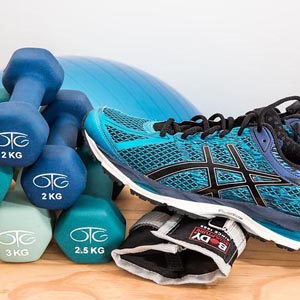 Smart Citations
Smart CitationsSee how this article has been cited at scite.ai
scite shows how a scientific paper has been cited by providing the context of the citation, a classification describing whether it supports, mentions, or contrasts the cited claim, and a label indicating in which section the citation was made.
A new road to improve vitamin D and balance through Taopatch® and proprioceptive protocol in multiple sclerosis patients
In multiple sclerosis patients (MS), symptoms such as fatigue, lack of physical energy, spasticity, motor coordination disorders, tremors, dizziness and postural instability are most common. Cattaneo et al. (2007) studied the effects of stability training on MS patients, describing its efficacy in reducing all risks, by improving stability, and strength. The present study aimed to confirm our 2021 results on MS patients, combining the Taopatch® device with a proprioceptive rehabilitation protocol (PRP) targeting strength, balance, and biochemical parameters including vitamin D levels. Twenty MS patients, 8 males and 12 females, volunteered in the study. A KERN MAP Version 1.2 08/2012, Hand Grip Dynamometer was used to determine handgrip strength, whilst baropodometric and stabilometric measurements were assessed using the Sensor Medica® systems. The proprioceptive rehabilitation protocol included: 10 minutes of Motomed; 10 minutes of Human Tecar proprioceptive path; 15 minutes of physical exercises; and 15 minutes of massage therapy of whole spine. All patients wore the Taopatch photo emission devices (Tao Technologies), applied with the protocol of Carbonari B, et al. (2021) Testing procedures and blood sampling were carried out before and after the rehabilitation protocol. The paired sample t-test revealed statistically significant improvements for the baropodometric measures (p<0.05). In addition, the intervention induced a statistically significant improvement in the right (p = 0.023) and left (p = 0.021) handgrip strength. We didn’t highlighted any statistically significant variation in hemathological parameters, but an increasing trend of vitamin D levels was detected. Combination of an adequate and specific rehabilitation protocol with application of Taopatch®, a photon emission device, improved handgrip strength of the upper limbs, rebalanced body structure decompensated in MS patients and also acting on vitamin D levels. In conclusion, Taopatch® is a supportive therapy for home-based PRP intervention, inducing an improvement in the quality of life and reducing spasticity associated with the disease.
How to Cite

This work is licensed under a Creative Commons Attribution-NonCommercial 4.0 International License.
PAGEPress has chosen to apply the Creative Commons Attribution NonCommercial 4.0 International License (CC BY-NC 4.0) to all manuscripts to be published.

 https://doi.org/10.4081/ejtm.2022.10774
https://doi.org/10.4081/ejtm.2022.10774





